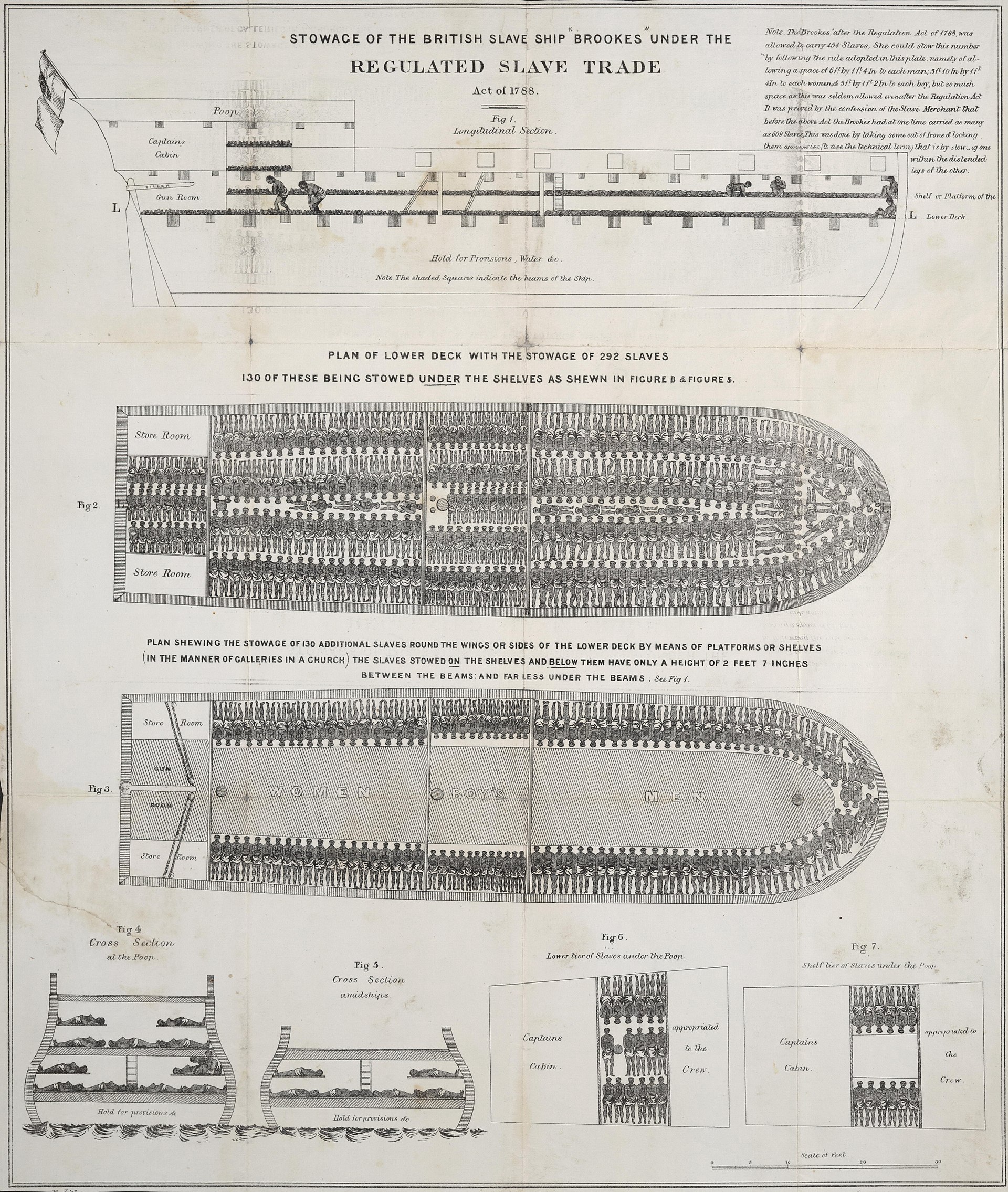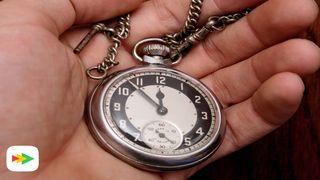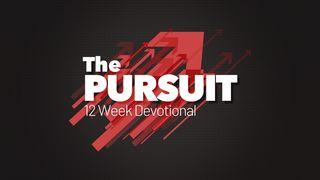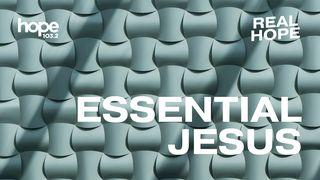Fighting Injustice With Art and Faithნიმუში

Sometimes, abstract concepts of injustice need to be made concrete and visible to truly impact people. The group of politicians, preachers, artists, and business owners that helped organize the abolition movement in England in the 1800s understood this. They used the diagram of the slave ship Brookes as a visual aide to make the idea of injustice more real.
This stark image, combined with her powerful words, jolted the nation with a sense of the unjust treatment of slaves. The blend of visual and written truth can convey the full urgency of a situation.
Historical Highlight:
The diagram of the Brookes, widely circulated, showed slaves packed in rows, each with less floor space than would be taken by a coffin, enduring months in inhumane conditions.
The abolitionists widely shared this image to convince their peers, and used it alongside the writings of Equiano (the former slaved turned author mentioned in Day 8, and Hannah More's poetry) to bring to life the living anguish that images alone could not fully convey.
This fusion of media was persuasive.
Action Point:
Think about an injustice that feels distant or abstract to you. Seek out a truthful and sensitive visual representation (a photograph, infographic, or documentary clip) or a written account that brings its reality to life. Allow yourself to truly see and understand the human impact.

წმიდა წერილი
About this Plan

Long ago, a writer named Hannah More used her poems to help end slavery. Another writer, Alexandr Solzhenitsyn, wrote stories that showed how terrible forced labor was in his country. Just like them, today's artists can use the gifts God has given them combined with the truth of God's word to make a difference in the world. This plan will encourage you to use your God-given talents to stand up for truth and help others in need.
More









